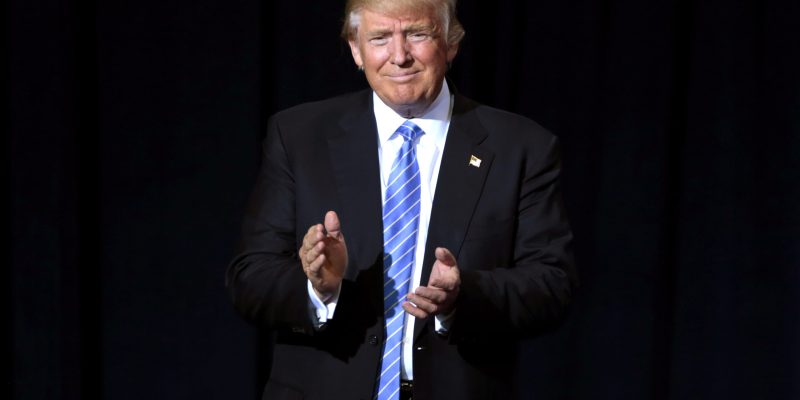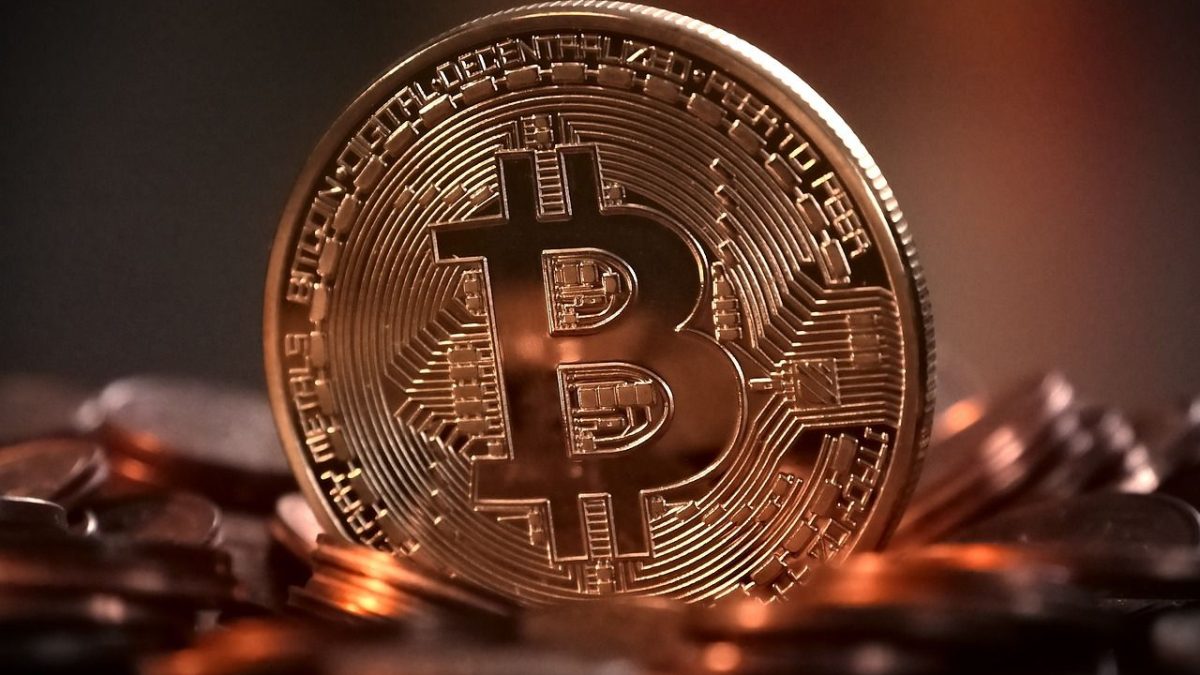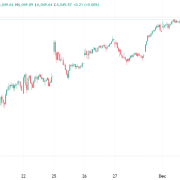
President-elect Donald Trump’s tariff plans have reignited one of the most controversial economic debates.
His proposal includes broad import duties of 10% across the board and up to 60% on Chinese goods, a level unseen in over 50 years.
Most of the media coverage highlights the negative side of these policies: higher consumer prices, trade retaliation, and a potential slowdown in economic growth.
However, there’s another side to the story that’s often overlooked.
Could tariffs, if implemented correctly, actually benefit the US economy?
Tariffs, explained
Historically, tariffs were a key revenue source for the US government.
In the 19th century, they funded infrastructure and government operations.
But as income taxes took over in the 20th century, tariffs became less significant.
The US also shifted to promote freer global trade, further reducing reliance on tariffs.
Today, Trump’s vision for tariffs goes far beyond the targeted measures he imposed during his first term, which largely aimed at countering China.
His new proposal covers all imports, regardless of origin, with the aim of protecting domestic industries, reducing the federal deficit, and curbing reliance on foreign goods.
The Congressional Budget Office (CBO) estimates these tariffs could actually reduce the federal deficit by $2.7 trillion over a decade, create jobs, and bolster critical domestic industries.
But this potential upside hinges on strategic design and execution.
If implemented recklessly, the risk of an economic fallout is very high.
Higher inflation due to more expensive goods would be passed down to consumers, growth would stagnate and retaliations from other nations could be catastrophic.
On the other hand, carefully planned tariffs could protect the US from unfair trade practices, strengthen its industrial base and increase government revenues without increasing taxes.
Who benefits from tariffs?
The benefits of tariffs are largely industry-specific.
Domestic producers in sectors like steel, manufacturing, and pharmaceuticals may benefit from reduced competition as imported goods become more expensive.
This could lead to more jobs and higher wages in these industries.
For instance, finance professor Michael Pettis argues that modern tariffs could redirect consumption toward domestic goods, bolstering economic output and reducing debt.
Additionally, targeted tariffs can encourage reshoring of key industries like semiconductors and electric vehicles.
This aligns with national security priorities, reducing dependency on foreign supply chains in critical areas.
Who loses?
The cost of tariffs is often borne by consumers.
Higher prices on imported goods mean families spend more on everything from electronics to everyday essentials.
The CBO projects a 1% increase in inflation in 2026 due to these tariffs.
This burden hits low-income households hardest, as they spend a larger share of their income on necessities.
Export-driven industries also face significant challenges.
Trade retaliation from countries like China could reduce demand for US goods abroad, further weakening sectors reliant on global markets.
Why China is central to this debate
China’s economic policies are a primary target for Trump’s tariffs.
The Chinese government’s use of subsidies, state-owned enterprises, and underpriced exports has disrupted global markets.
This “China shock,” as some analysts call it, makes it difficult for other countries to develop competitive industries in areas like electric vehicles and batteries.
Some experts argue that tariffs could be an effective tool against China if applied correctly.
By focusing on specific industries and products, the US could curb China’s economic dominance while encouraging domestic and allied production.
Can tariffs work in today’s economy?
The modern US economy differs from the one that suffered under the Smoot-Hawley Tariff Act of the 1930s.
Back then, low consumption and surplus production meant tariffs worsened the Great Depression.
Today, the US has high consumption and declining manufacturing output.
In this context, tariffs could help rebalance the economy by shifting demand toward domestic goods.
However, the effectiveness of tariffs depends on how they are implemented.
Broad, across-the-board tariffs risk inflation, supply chain disruptions, and strained relationships with allies.
On the other hand, targeted tariffs—focused on industries critical to national security or economic resilience—can be more strategic and less disruptive.
A smarter approach to tariffs
For tariffs to succeed, they should first and foremost target critical industries such as semiconductors, robotics, and pharmaceuticals—areas essential to national security and economic resilience.
By prioritizing these sectors, the US can safeguard its industrial base while fostering innovation and production at home.
Recent reports suggest that Trump is actually considering narrowing his approach to tariffs, focusing on specific goods and sectors rather than universal application.
However, he has publicly denied this claim, stating that his broader strategy remains intact.
Policymakers should also work closely with allied nations to coordinate tariff measures, share resources, and develop alternative supply chains.
Improved content tracing can help prevent tariff evasion by identifying Chinese components in goods imported through third countries, encouraging value-added production in developing nations.
Combining these strategies with temporary government incentives, like tax breaks and subsidies, can help reshape domestic manufacturing.
A phased implementation of tariffs can further reduce inflationary pressures and give businesses the time needed to adapt to new economic realities.
After all, tariffs are not a one-size-fits-all solution.
Applied recklessly, they risk economic disruption and strained international relations.
Used strategically, they could protect key industries, reduce deficits, and counter unfair trade practices.
It’s still uncertain whether Donald Trump’s populist approach that often aims to intimidate opponents will be one of careful and strategic implementation.
What’s certain is that US policymakers, as well as the rest of the world, is now more prepared for Trump’s second term as US President and there is a chance that his actions will be more measured this time around.
The post US tariffs: the untold upside and how Trump could get it right appeared first on Invezz











